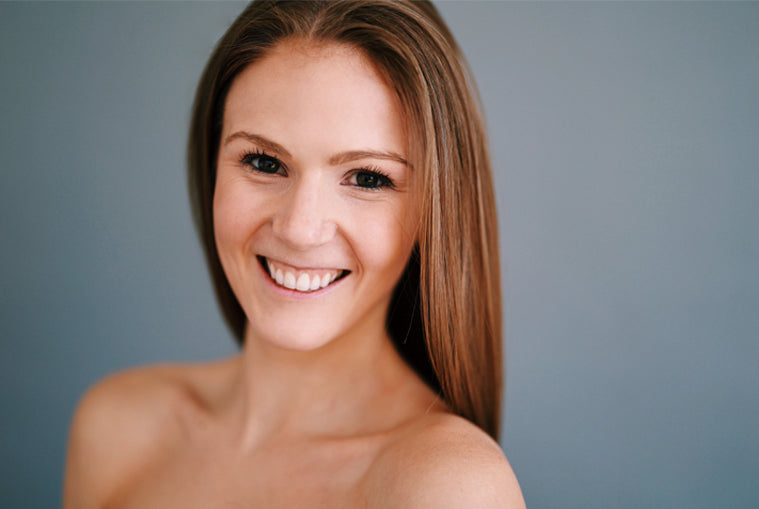
The Importance of Pilates
Share
Hello everyone!
As a dancer, I remember having my teachers always encouraging me to take Pilates classes, and so I did. The impact it had on my core and over all strength was what made me fall for it. Pilates is a method that was built on dancers!
That's why I felt like it is important to give this topic a stage and talk about the importance of Pilates for dancers from a professional dancer and Pilates instructor, Kylie Brown which will share some insights with us today about why it is so important to have Pilates as a part of your training method.
Make sure you follow Kylie on IG @kyliebrown103 so you wont miss any content from her! Hope the read will be insightful as it was to me,
Neta
I discovered Pilates as part of my physical therapy after a meniscus repair surgery while dancing in college. I had always kept the practice close, but the pandemic turned Pilates into a passion for me. Pilates had completely changed by body, the way I train and the way I care for it. I wanted to bring these benefits to others and that is what lead me to my yearlong journey of getting my Expert Pilate’s Certification from Gramercy Pilates.
I am a professional dancer in New York City for the Ajkun Ballet Theatre under the direction of Dr. Chiara Ajkun. I have been training in the Ajkun Methodology for 6 years and dancing roles for the company such as Kitri and Sugar Plum. The Ajkun Methodology is science based, we train based on the anatomy of the body allowing dancers to have the most effective training for a long and injury free career.

Photo: Michal Minster Tal
My first big draw to Pilates is that it has many of the same principles as ballet. Pilates is focused on alignment, stability and mobility of different parts of the body, mind-body coordination, isolation of specific muscle groups, lengthening of the body, and so much more. Joseph Pilates himself started the method, originally called “Contrology” on 8th Avenue in NYC using dancers sent by George Balanchine and Martha Graham. That is why many exercises or positions resemble ballet like the “Pilate’s V” similar to first position or “Arabesque” after the traditional ballet arabesque.
Cross training is essential for dancers, but can be detrimental to a career if done improperly. Dancers need to understand that anything they are doing to their body will modify it, making it important to add only exercises that will help the career instead of exhausting the body unnecessarily. Pilates is the perfect combination of low impact, strengthening and stretching. Focus is also a key factor to achieving results from Pilates, something our brains need training to do to absorb hours of material in rehearsals. It compliments training as a warm up before rehearsals or at the end of the day to realign the body. Each exercise is designed for a specific part of the body paying special attention to alignment (especially of the knee and toe, crucial for landing jumps and standing on one leg or alignment of the pelvis, crucial for core stability).

(L) Photo by Sam Pickart (R) Photo by Michal Minster Tal
An additional benefit is that Pilates works unilaterally in many exercises, this is essential to help with repertoire because performances are mainly from one leg-pirouettes, jete, partnering, the list goes on. Pilates cross training will translate into additional strength for the body and awareness of how to work smarter not harder in rehearsals. Whether you are able to find a studio to work on equipment or have a space to do mat work at home, the benefits of Pilates to a dancer’s well-being are endless.